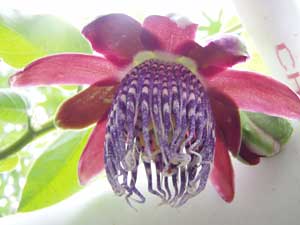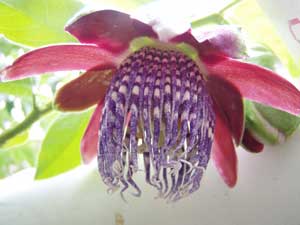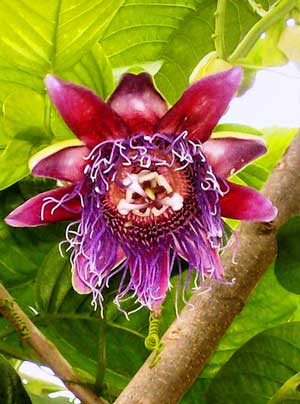Passiflora quadrangularis | Giant Granadilla | Barbadine | Tumbo





Passiflora quadrangularis | Giant Granadilla | Barbadine | Tumbo
82 Available Now
This is Passiflora quadrangularis, also known as Giant Granadilla, barbadine, tumbo, and badea. This plant has one of the most beautiful blossoms I have ever seen and the vine blooms repeatedly through the Spring, Summer, and Fall. Passiflora quadrangularis produces the largest fruit out of all of the Passifloras. The fruit is large oblong and yellow. It is used to make beverages such as juice and it is also used to make ice cream. The flowers are wonderfully scented and the leaves can be used to make tea. This vine can grow up to 40 feet long and grows best in sun or partial shade. This is a host plant for the Zebra Long Wing, Zebra Heliconian, Julia Heliconian, Isabellas Heliconian, Banded Orange Heliconian, Mexican Fritillary, Scarce Bamboo Page, Erato Heliconian, Variegated Fritillary, and Gulf Fritillary butterflies. It is also a larval host plant for the Plebeian sphinx Moth. USDA Hardiness Zones 10 to 11.
 Buy Rare Seeds
Buy Rare Seeds








